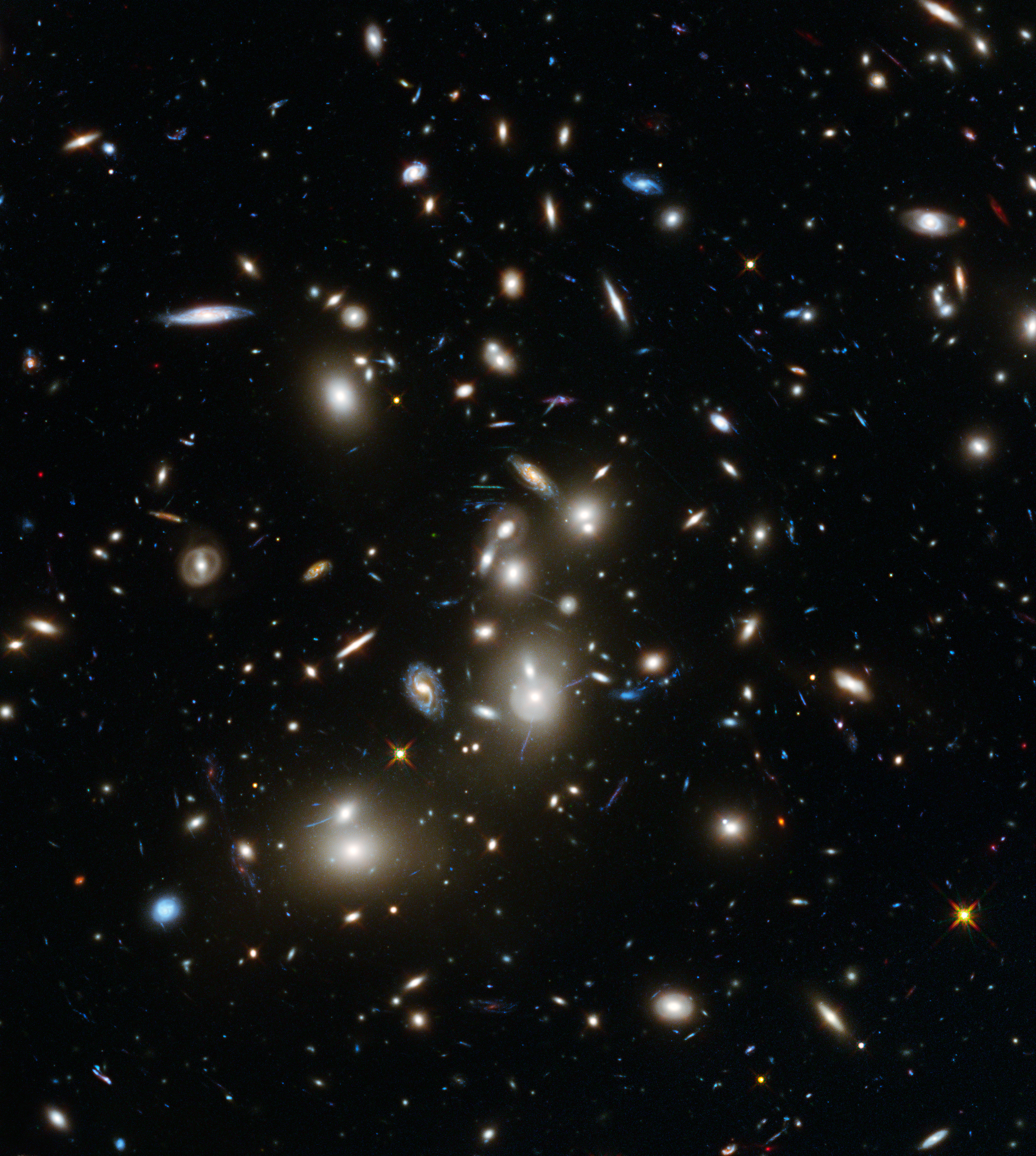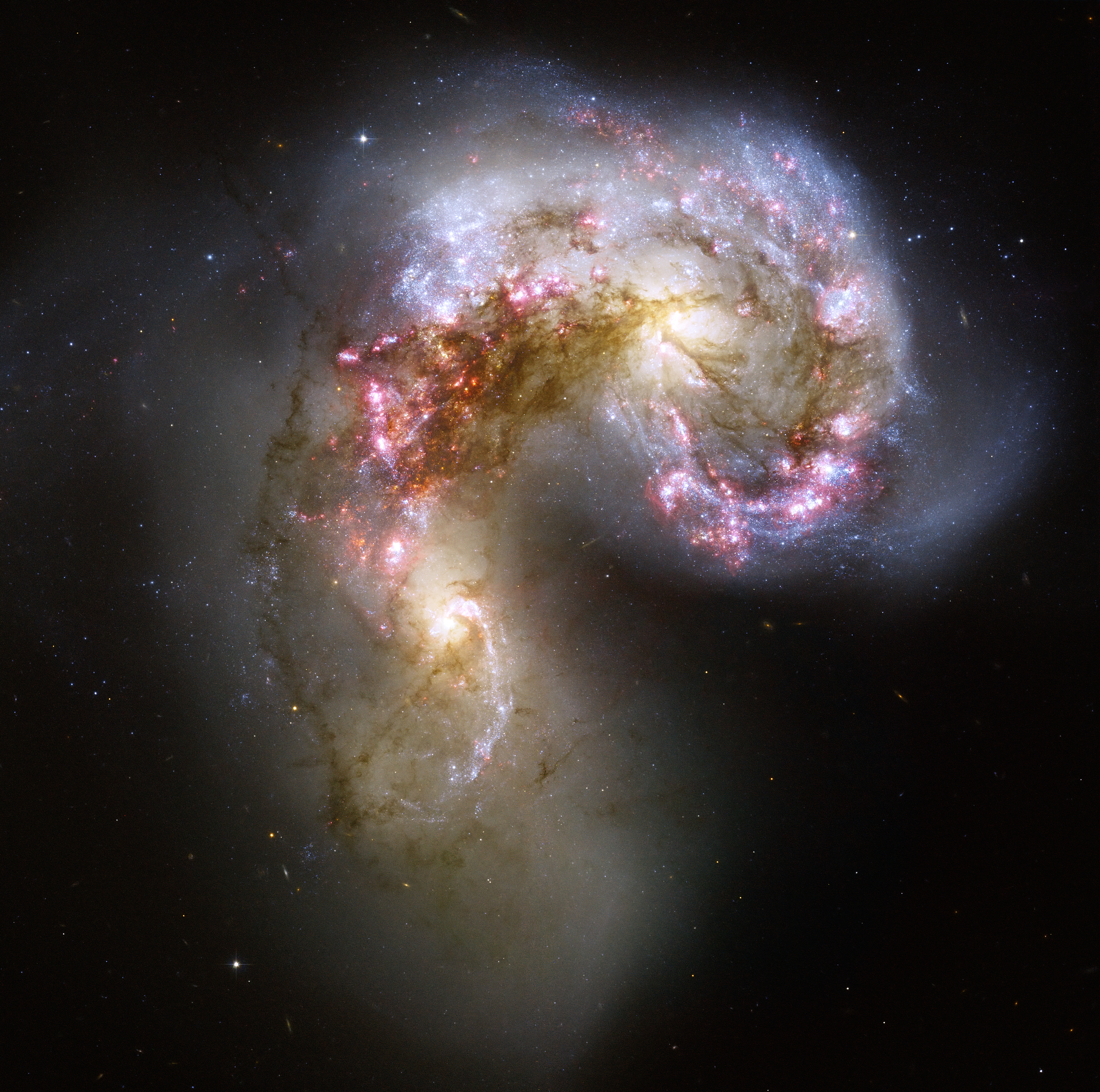|
Interstellarum Deep Sky Atlas
The ''Interstellarum Deep Sky Atlas'' (stylized as the ''interstellarum Deep Sky Atlas'') is a 2014 sky atlas published by German astronomers Ronald Stoyan and Stephan Schurig. The atlas has more than 2,000 deep-sky objects, including all deep-sky objects from the Abell, Hickson, Arp, Barnard, Palomar, Terzan, and Stock catalogues. The atlas is co-published by Cambridge University Press Cambridge University Press was the university press of the University of Cambridge. Granted a letters patent by King Henry VIII in 1534, it was the oldest university press in the world. Cambridge University Press merged with Cambridge Assessme ... and Oculum-Verlag GmbH. There are two editions, a larger ''desk edition'' and a smaller ''field edition''. The ''Interstellarum Deep Sky Guide'', published in 2018 by Ronald Stoyan and Uwe Glahn, accompanies the 2014 atlas and has pencil drawings of deep-sky objects. References External links *{{Official website, http://www.deep-sky-atlas.com ... [...More Info...] [...Related Items...] OR: [Wikipedia] [Google] [Baidu] |
Cambridge University Press
Cambridge University Press was the university press of the University of Cambridge. Granted a letters patent by King Henry VIII in 1534, it was the oldest university press in the world. Cambridge University Press merged with Cambridge Assessment to form Cambridge University Press and Assessment under Queen Elizabeth II's approval in August 2021. With a global sales presence, publishing hubs, and offices in more than 40 countries, it published over 50,000 titles by authors from over 100 countries. Its publications include more than 420 academic journals, monographs, reference works, school and university textbooks, and English language teaching and learning publications. It also published Bibles, runs a bookshop in Cambridge, sells through Amazon, and has a conference venues business in Cambridge at the Pitt Building and the Sir Geoffrey Cass Sports and Social Centre. It also served as the King's Printer. Cambridge University Press, as part of the University of Cambridge, was a ... [...More Info...] [...Related Items...] OR: [Wikipedia] [Google] [Baidu] |
Celestial Cartography
Celestial cartography, uranography, astrography or star cartography is the aspect of astronomy and branch of cartography concerned with mapping stars, galaxies, and other astronomical objects on the celestial sphere. Measuring the position and light of charted objects requires a variety of instruments and techniques. These techniques have developed from angle measurements with quadrants and the unaided eye, through sextants combined with lenses for light magnification, up to current methods which include computer-automated space telescopes. Uranographers have historically produced planetary position tables, star tables, and star maps for use by both amateur and professional astronomers. More recently, computerized star maps have been compiled, and automated positioning of telescope A telescope is a device used to observe distant objects by their emission, Absorption (electromagnetic radiation), absorption, or Reflection (physics), reflection of electromagnetic radi ... [...More Info...] [...Related Items...] OR: [Wikipedia] [Google] [Baidu] |
Deep-sky Object
A deep-sky object (DSO) is any astronomical object that is not an individual star or Solar System object (such as Sun, Moon, planet, comet, etc.). The classification is used for the most part by amateur astronomers to denote visually observed faint naked eye and Optical telescope, telescopic objects such as star clusters, nebulae and galaxy, galaxies. This distinction is practical and technical, implying a variety of instruments and techniques appropriate to observation, and does not distinguish the nature of the object itself. Origins and classification Classifying non-stellar astronomical objects began soon after the invention of the telescope. One of the earliest comprehensive lists was Charles Messier's 1774 Messier catalog, which included 103 "nebulae" and other faint fuzzy objects he considered a nuisance since they could be mistaken for comets, the objects he was actually searching for. As telescopes improved these faint nebulae would be broken into more descriptive scien ... [...More Info...] [...Related Items...] OR: [Wikipedia] [Google] [Baidu] |
Abell Catalogue
The Abell catalog of rich clusters of galaxies is an all-sky catalog of 4,073 rich galaxy clusters of nominal redshift ''z'' ≤ 0.2. This catalog supplements a revision of George O. Abell's original "Northern Survey" of 1958, which had only 2,712 clusters, with a further 1,361 clustersthe "Southern Survey" of 1989, published after Abell's death by co-authors Harold G. Corwin and Ronald P. Olowin from those parts of the south celestial hemisphere that had been omitted from the earlier survey. The Abell catalog, and especially its clusters, are of interest to amateur astronomers as challenge objects to be viewed in dark locations on large aperture amateur telescopes. The Northern Survey The original catalog of 2,712 rich clusters of galaxies was published in 1958 by George O. Abell (1927–1983), who was then studying at the California Institute of Technology. The catalog, which formed part of Abell's PhD thesis, was prepared by means of a visual inspection of the ... [...More Info...] [...Related Items...] OR: [Wikipedia] [Google] [Baidu] |
Hickson Compact Group
A Hickson Compact Group (abbreviation: HCG) is a collection of Galaxy, galaxies designated as published by Paul Hickson in 1982. The most famous group on Hickson's list of 100 objects is HCG 92, Stephan's Quintet. Hickson Compact Groups According to Hickson: “Most compact groups contain a high fraction of galaxies having morphological or kinematical peculiarities, nuclear radio and infrared emission, and starburst region, starburst or active galactic nuclei (AGN) activity. They contain large quantities of diffuse gas and are dynamically dominated by dark matter. They most likely form as subsystems within looser associations and evolve by gravitational processes. Strong galaxy interactions result and merging is expected to lead to the ultimate demise of the group. Compact groups are surprisingly numerous, and may play a significant role in galaxy evolution.” List Gallery Image:A fossil in the making.jpg, NGC 201 is a barred spiral galaxy similar to the Milky Way, a member o ... [...More Info...] [...Related Items...] OR: [Wikipedia] [Google] [Baidu] |
Atlas Of Peculiar Galaxies
The ''Atlas of Peculiar Galaxies'' is a Astronomical catalog, catalog of peculiar galaxies produced by Halton Arp in 1966. A total of 338 galaxies are presented in the atlas, which was originally published in 1966 by the California Institute of Technology. The primary goal of the catalog was to present photographs of examples of the different kinds of peculiar structures found among galaxies. (online version, including Arp's original tabular data, and PDF link) Background Arp realized that the reason why galaxies formed into spiral galaxy, spiral or elliptical galaxy, elliptical shapes was not well understood. He perceived peculiar galaxies as small "experiments" that astronomers could use to understand the physical processes that distort spiral or elliptical galaxies. With this atlas, astronomers had a sample of peculiar galaxies that they could study in more detail. The atlas does not present a complete overview of every peculiar galaxy in the sky but instead provides exam ... [...More Info...] [...Related Items...] OR: [Wikipedia] [Google] [Baidu] |
List Of Astronomical Catalogues
An astronomical catalogue is a list or tabulation of astronomical objects, typically grouped together because they share a common type, morphology, origin, means of detection, or method of discovery. Astronomical catalogs are usually the result of an astronomical survey of some kind. 0–9 * 0ES — Einstein Slew Survey, version 0See p. 20, X-ray sources in SIMBAD, J. M. Hameury, C. Motch, and M. Pakull, ''Bull. Inf. Centre Données Stellaires'' 47, pp. 19–20, . * 1A, 2A, 3A — Lists of X-ray sources from the Ariel V satellite * 1C — First Cambridge Catalogue of Radio Sources * 1ES — Einstein Slew Survey * 1FGL, 2FGL — Lists of gamma-ray sources from the Fermi LAT, Large Area Telescope on board the Fermi Gamma-ray Space Telescope * 1RXH — ROSAT HRI Pointed Observations * 1RXS — ROSAT All-Sky Bright Source Catalogue, ROSAT All-Sky Survey Faint Source Catalog * 1SWASP — SuperWASP * 2A — see 1A * 2C — Second Cambridge Catalogue of Radio Sources * 2E — The Einste ... [...More Info...] [...Related Items...] OR: [Wikipedia] [Google] [Baidu] |
2014 Non-fiction Books
Fourteen or 14 may refer to: * 14 (number), the natural number following 13 and preceding 15 * one of the years 14 BC, AD 14, 1914, 2014 Music * 14th (band), a British electronic music duo * ''14'' (David Garrett album), 2013 *''14'', an unreleased album by Charli XCX * "14" (song), a 2007 song by Paula Cole from ''Courage'' * "Fourteen", a 2000 song by The Vandals from '' Look What I Almost Stepped In...'' Other uses * ''Fourteen'' (film), a 2019 American film directed by Dan Sallitt * ''Fourteen'' (play), a 1919 play by Alice Gerstenberg * ''Fourteen'' (manga), a 1990 manga series by Kazuo Umezu * ''14'' (novel), a 2013 science fiction novel by Peter Clines * '' The 14'', a 1973 British drama film directed by David Hemmings * Fourteen, West Virginia, United States, an unincorporated community * Lot Fourteen, redevelopment site in Adelaide, South Australia, previously occupied by the Royal Adelaide Hospital * "The Fourteen", a nickname for NASA Astronaut Group 3 * Fourte ... [...More Info...] [...Related Items...] OR: [Wikipedia] [Google] [Baidu] |





